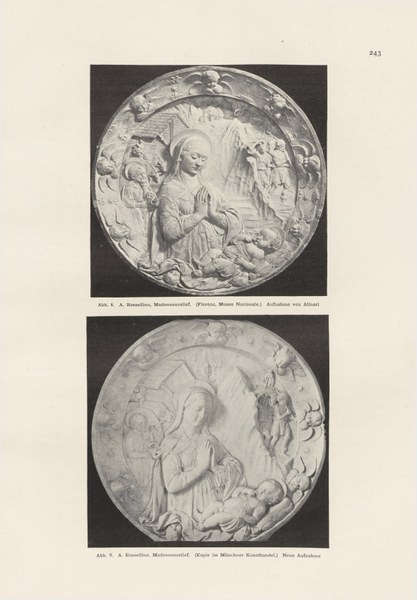Laura Trazic // Thinking Architecture through its Shadows: The Aesthetic Function of Shadow in German Debates at the Turn of the 20th century
 During the 18th and 19th centuries in France, shadow was reckoned as more than a mere natural phenomenon accidentally cast by architectural forms under the sunlight. Instead, it was increasingly considered as an agent of the architectural process deliberately implemented in the composition, and especially active in the link between thinking and drawing, and drawing and building. As the function of shadow in architecture is still a topic at the margins of the discipline, little is known of its importance in German discourses.
During the 18th and 19th centuries in France, shadow was reckoned as more than a mere natural phenomenon accidentally cast by architectural forms under the sunlight. Instead, it was increasingly considered as an agent of the architectural process deliberately implemented in the composition, and especially active in the link between thinking and drawing, and drawing and building. As the function of shadow in architecture is still a topic at the margins of the discipline, little is known of its importance in German discourses.
Since the use of shadow in architectural composition entails a specific control over its qualities–such as shape, colour, intensity or edge definition–architects are likely to have developed a knowledge to anticipate light conditions and elaborate adequate architectural responses, having in mind precise aesthetical objectives, especially since sun’s and weather’s variability cannot grant these. This hypothesis poses new questions about how and, more important, why shadows were significant for the discipline.
The three-month research stay at the ZI offers the opportunity of an exploration of the function of shadow in the aesthetics of architecture, focusing on German-speaking countries at the dawn of the 20th century. The project will focus on art historians at the important crossroads between the aesthetic trends of the 19th century and the visions of abstract art and architecture, in particular with the works by Adolf von Hildebrand (1847-1921), Heinrich Wölfflin (1864-1945), Robert Vischer (1847-1933), Auguste Schmarsow (1853-1936) and Alois Riegl (1858-1905), in which the notion of shadow found itself crucial for the development of major architectural concepts.
[Abbildung: Heinrich Wölfflin, « Wie man Skulpturen aufnehmen soll? (Probleme der italienischen Renaissance) », in Zeitschrift für bildende Kunst, Neue Folge 26 (1915), p. 245, URL: http://archiv.ub.uni-heidelberg.de/artdok/volltexte/2021/7673]
